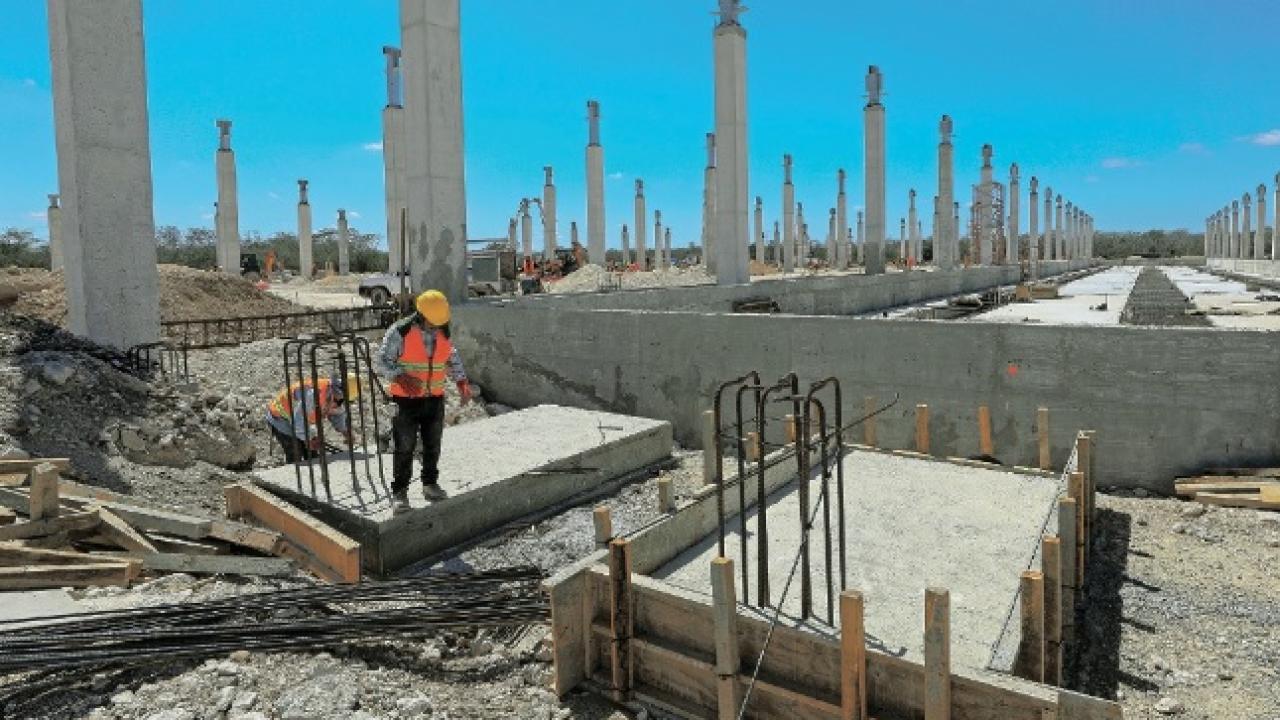
The value of production decreased 0.8% as of last May, in its monthly comparison, according to Inegi data.
During the first five months of the year, the construction sector had a decline in activity, which distances it from total recovery after the pandemic setback, according to the National Survey of Construction Companies (ENEC) of the National Institute of Statistics and Geography (Inegi).
This July 24, Inegi presented the results of the ENEC as of May of this year, which highlights that the value of production generated by construction companies decreased 0.8% in real terms, compared to a previous month, thus confirm the fifth consecutive month of decline.
Regarding the three sub-indicators monitored by Inegi, all had marginal growth in their monthly comparison. According to the ENEC, the total employed personnel increased 0.9% compared to the previous month and the hours worked grew 0.7%.
For its part, average salaries grew 0.7%, compared to last April, with growth in salaries paid to workers of 1.8% monthly, and a drop of 0.5% with respect to salaries paid to administrative employees. , accounting and management.
Distant recovery?
In its annual comparison, the results of the production value show significant growth; However, in the first months of 2023 the effect of the pandemic's impact on this industry was still dragging on.
According to the ENEC, during last May the value of construction production grew 4.8% compared to the same month in 2023; However, two of the three sub-indicators of this index registered decreases compared to last year.
For example, the total employed value registered a decrease of 0.6% in its annual comparison, while the hours worked decreased 1.4%. For its part, real average salaries grew 5.9% last May, in its annual measurement.
Last May, the sector was made up of the construction of civil engineering works (46.7%), building (42.4%) and specialized construction work (10.8%).
Likewise, construction activity was concentrated in Quintana Roo (11%), Nuevo León (10.1%), Jalisco (5.9%), Campeche (5.2%), Chihuahua (4.6%), Baja California (4.5%) and Mexico City (4.1%).
The activity in these regions is due to the works of the federal government, such as the case of the Dos Bocas refinery, as well as the promotion of nearshoring .









